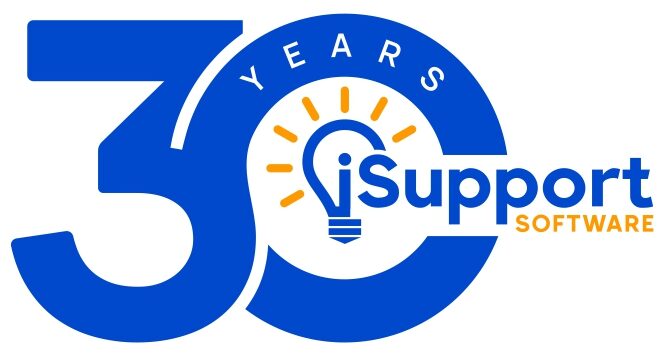 Technology has the potential to transform the way we live our lives. Already we are seeing changes in the way we work, play, and interact on a social level as a direct result of developing technology. Now it is influencing the way we teach, too. The 1:1 implementation strategy involves equipping each pupil with a tablet or portable device, effectively giving them their own personal workstation from which to write, research, and learn.
Technology has the potential to transform the way we live our lives. Already we are seeing changes in the way we work, play, and interact on a social level as a direct result of developing technology. Now it is influencing the way we teach, too. The 1:1 implementation strategy involves equipping each pupil with a tablet or portable device, effectively giving them their own personal workstation from which to write, research, and learn.
The 1:1 implementation strategy offers the potential for schools to transform education, but if you are going to maximize these gains you must first take stock and analyze the hows and whys of its benefits.
Here are three essential aspects:
1. Choosing the Right Device
While every school shares the end goal of educating its pupils, methods and educational priorities can vary wildly between establishments. As typically traditional installations, many schools will have accrued a range of habits and routines established over long years of teaching. It is therefore important to choose the most suitable model when deciding to equip your pupils with devices.
There is a staggering array of notebooks, tablets, iPads and e-readers available on a constantly growing market. Devices can vary according to brand or intended application. Have you picked a reading device, or one that your pupils can actively work on? For 1:1 implementation, it will need to be the latter. What apps does it support, and does it have sufficient memory? Choosing the device that best complements your school’s practices can be challenging.
How Should You Decide?
You are under no obligation to make the decision alone. Ask teaching staff for their input, as they are responsible for interacting with the pupils in the classroom. They will also be responsible for overseeing and engaging the pupils with the new devices, so their opinions and preferences are critical.
Parental input should also be considered. It is their children who will be using the devices. What are their privacy concerns? Are the devices protected against improper use? And if you are expecting parents to contribute to payment or insurance costs, what are their financial boundaries?
2. Examine Costs
Costs is always a factor when it comes to technology. The device needs to be affordable; for example, most school budgets will not accommodate for the purchase of two thousand state-of-the-art iPads. Moreover, school children do not need to learn on state-of-the-art devices. Find a compromise between quality and cost. Research devices by appropriate attributes such as durability, memory, and transportability rather than big brand names and aesthetics. Accidents happen, especially in the hands of school children. Value practicality.
Aside from the initial cost, there are insurance and repair expenses to consider. You might want to establish charges for lost or damaged devices, although these will rarely cover the cost the device itself. Technology is valuable, and when treated flippantly can be a huge sinkhole in your finances. Taking the time to plan and analyze your expenditures is critical to successful 1:1 implementation.
3. Impact on Teaching Staff
As an arena typically dominated by tradition, reactions to technological innovation can vary. Many staff will welcome the implementation of devices in the classroom, recognizing their potential for increased efficiency, better learning, and improved classroom interaction. However, other staff members might react with hesitation.
Everyone’s teaching methods are different, and everyone has varying levels of technical understanding. A teacher who does not feel comfortable with their own computing knowledge is going to experience hesitation, even resistance, at the thought of having to lead a classroom full of such devices. They might also wonder how the implementation of such devices affects their teaching schedule. This is why it is so important to communicate with, train, and prepare your teaching staff before the use of the devices goes live.
Preparation and Support
Upskilling your staff is one of the easiest and most efficient ways of integrating technology into the classroom. Consider hiring an information and communications technology professional who can fulfill this role by supporting and training your staff.
Teachers who understand how a device works will understand its wider implications for the classroom. They will be able to identify how the technology can be used to complement their curriculum and implement it accordingly. Their technical knowledge will have increased, but also their confidence in the classroom and their attitude toward the technology itself. This will carry over to their pupils.
When implemented correctly, 1:1 implementation can have a transformative effect on classrooms, bringing education to life in a way that has never been possible before now. By carefully considering your approach to technological integration, you will be able to turn your school into a digital web of information, ideas, work shared, and dreams made.
To talk to iSupport about how we can help you improve your business’s IT support, call us at (888) 494-7638 or contact us here.


